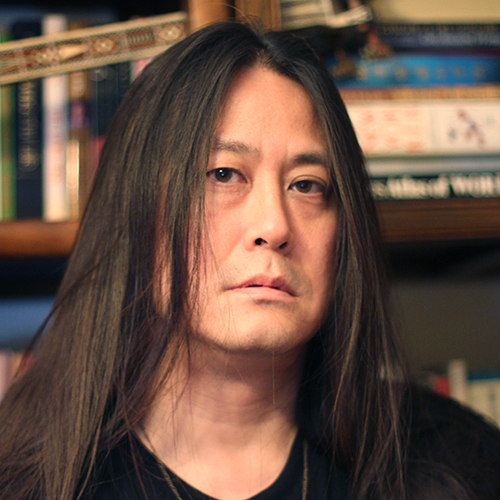How Islam arrived in China

This week’s column comes from one of Kaiser’s answers originally posted to Quora on May 8, 2015:
How did Islam spread to ancient China?
Islam came to China by two major routes: Overland, along the Silk Road, and by sea, through the Arab traders who plied the routes along the Indian Ocean between the Persian Gulf, through the Strait of Malacca, and to South China.
During its period of explosive expansion during the 7th and 8th centuries, Islam’s eastern thrust overland ended at the Talas River in what is now Tajikistan, where a battle in mid-8th century between Arab and Tang Chinese advance forces was fought. Though the Arabs prevailed, this basically marked the easternmost advance of Islam.
Even before the Battle of Talas, though, Arabs as well as Islamic converts from Persia and from western Central Asia were active in the Silk Road trade, and there was a Muslim community in the Tang capital of Chang’an by the time of the An-Shi Rebellion in 755. We know that there was, by the time of the Huang Chao Rebellion in the late 9th century, a very large Arab trading community, certainly Muslim, in Guangzhou in far southern China: There are accounts of a very large-scale and bloody massacre of foreigners, including many Arab and Persian traders, in Guangzhou in the year 879; this is reported by the Arab historian Abu Zayd Hasan of Siraf, though there is no extant Chinese account of the massacre.
During the Mongol Yuan Dynasty — actually, before the Yuan was formally established, during the years between the conquest of North China and the final collapse of Southern Song — the Mongol rulers employed many Western and Central Asian people as tax collectors, governors, and administrators in conquered areas of China. Many of these were Muslims. They intermarried with Han Chinese, and through this, converted many Chinese. Islam spread throughout much of China and you’ll find Muslims in the Southwest (mainly Yunnan — the Ming Dynasty eunuch admiral of the Yongle Treasure Fleets, Zheng He, was a Muslim descended from a Yuan Arab or Persian Muslim ancestor), in high concentrations in Ningxia (which is actually a Hui or Chinese Muslim autonomous region), in Gansu, and in parts of Qinghai. There are also many Hui communities in Henan, Hebei, Beijing, and Tianiin. Most Hui speak a Sinitic language (one of the “dialects” of Chinese, and mostly Mandarin) and are, for the most part, phenologically indistinguishable from Han Chinese—though some would argue that there’s a higher prevalence of lighter eye and hair color, higher nose bridges, less pronounced epicanthic eyefolds, heavier facial hair, etc. They practice Sunni Islam, though observance is often limited to diet; many do not observe the Ramadan fast, or daily prayer, or the Haj.
China’s best-known (though not largest) Muslim population is, of course, the Uyghurs, a Turkic people who originated in modern Mongolia but later occupied the oases ringing the Tarim Basin of Xinjiang. Today in China, the Uyghur people of the Xinjiang Uyghur Autonomous Region generally practice Sunni Islam. Xinjiang was incorporated into the Qing state, whose borders (with notable exceptions) were the basis of the PRC, in many ways its successor state, in the mid-late 1700s during the reign of Qianlong. By this time the Uyghur people were already Muslim. That process took place between the 10th century, when the first Turkic tribes began to convert to Islam, and the 16th century.
Kuora is a weekly column.






